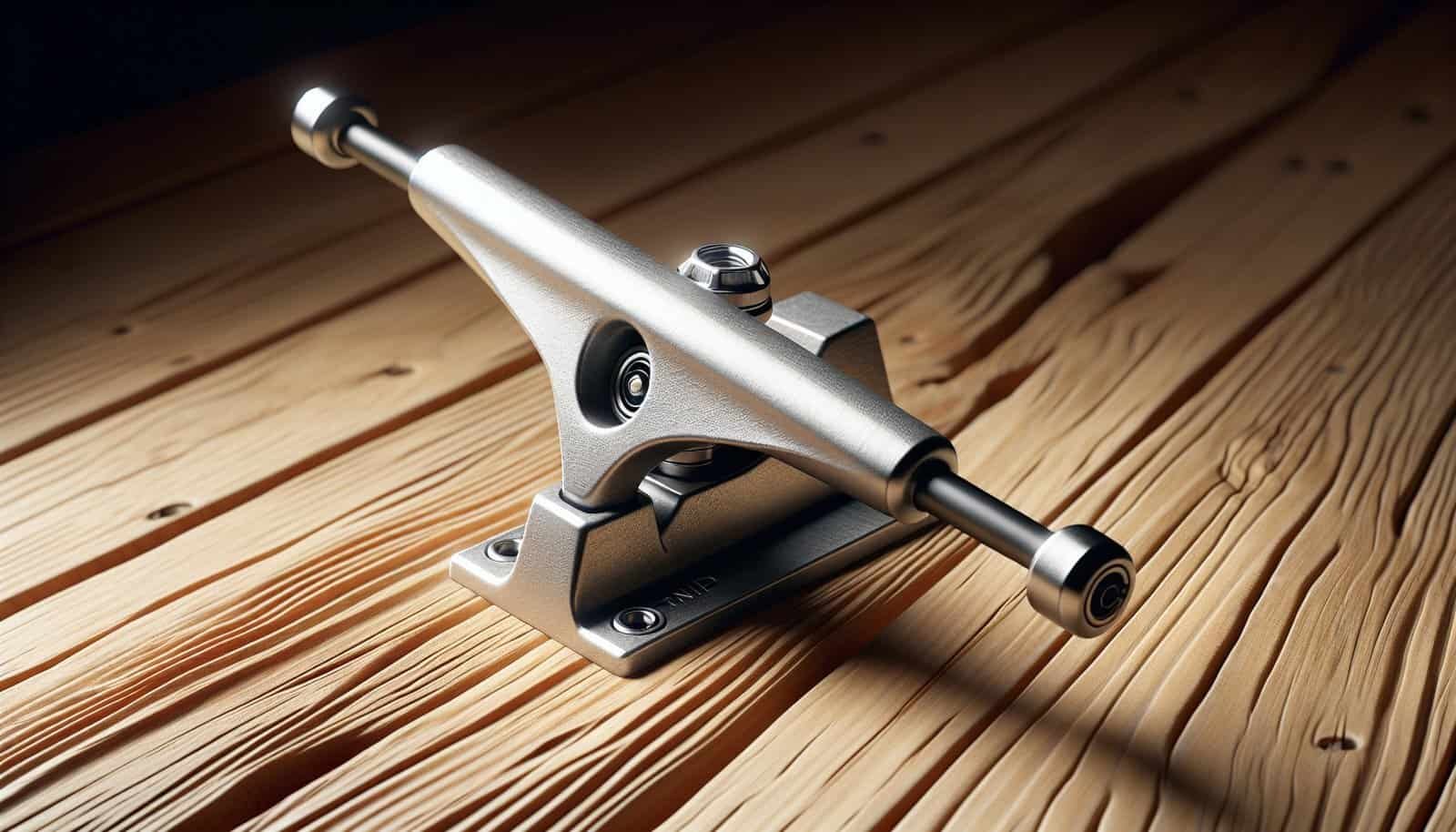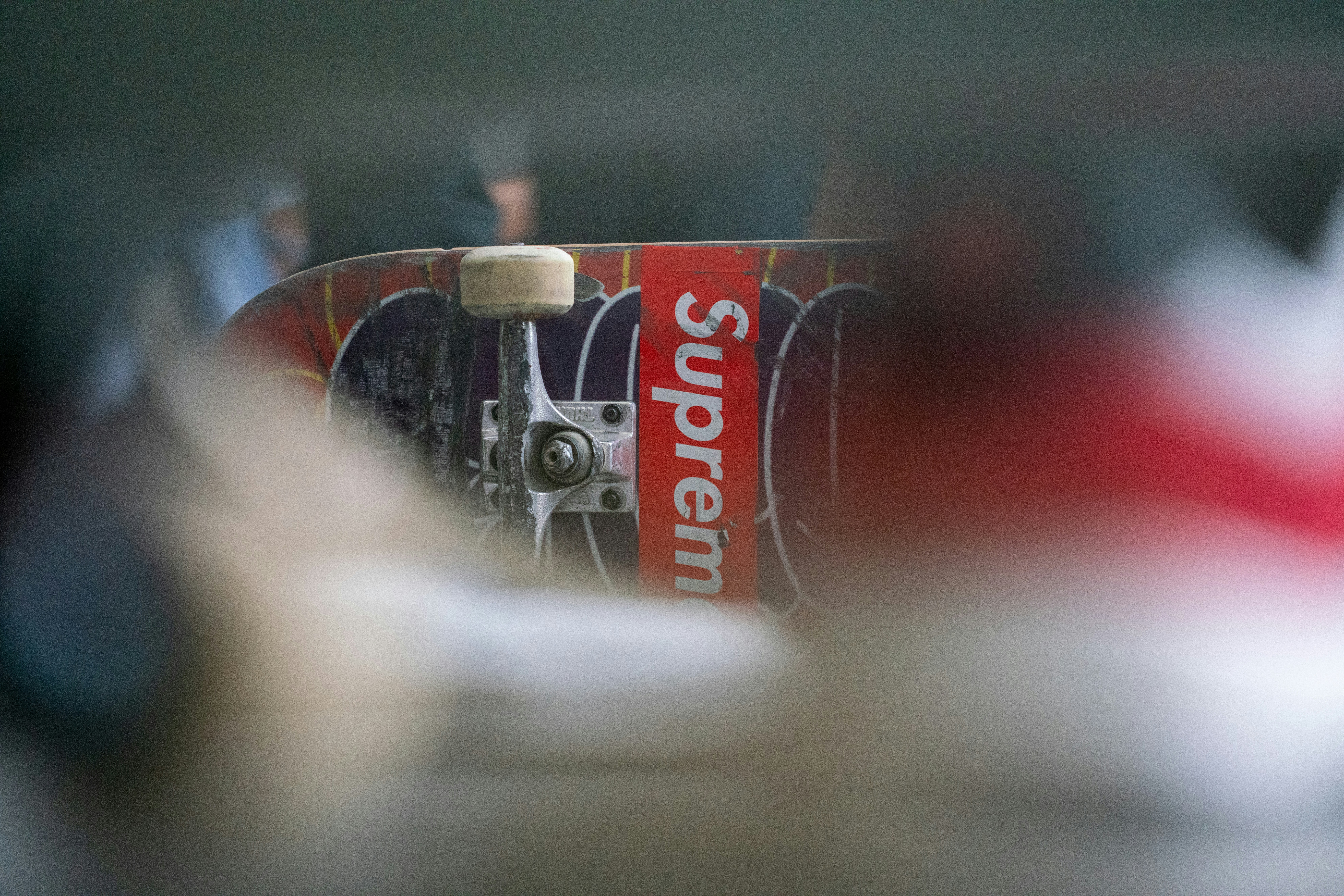Have you ever found yourself staring at a skateboard and wondering, “How do I pick the right trucks for this thing?” Well, you’re certainly not alone. Choosing the appropriate trucks for your skateboard is an essential step in customizing and personalizing your ride to ensure the best performance, comfort, and style. Trucks are not a one-size-fits-all situation; they significantly impact how your skateboard feels when you ride it, from turning ease to overall stability. This guide will walk you through everything you need to know about selecting the perfect trucks for your skateboard.
Understanding the Role of Trucks in Skateboarding
Before you dive into the nitty-gritty of choosing the right trucks, it’s important to understand what trucks are and why they matter. Trucks are the T-shaped metal parts located beneath the deck of your skateboard, and they serve as the connection between the deck and the wheels. They are crucial for turning, grinding, and overall control of the skateboard. The way trucks are designed can affect your stability, maneuverability, and ride quality.
Components of a Truck
To better comprehend how trucks work, let’s take a closer look at their main components:
- Hanger: This is the largest part of the truck and houses the axle.
- Axle: A long pin that runs through the hanger, holding the wheels.
- Kingpin: A bolt that holds the parts of the truck together.
- Bushings: Rubber rings that allow the truck to pivot smoothly.
- Baseplate: Attaches the truck to the skateboard deck.
How Trucks Influence Your Ride
Every component of the truck plays a role in shaping your skateboarding experience:
- Turning: The angle of the trucks and the tightness of the bushings influence how easily you can turn.
- Stability: Wider trucks provide more stability, particularly at higher speeds.
- Grinding: The width and material of the hanger are significant for those who love to grind on ledges and rails.
Factors to Consider When Choosing Trucks
Understanding the components and functions of trucks sets the foundation, but how do you decide which trucks are right for you? Here are the key factors to keep in mind:
Skateboard Deck Width
One of the most important aspects to consider when selecting skateboard trucks is the width of your skateboard deck. The truck’s axle width should closely match the width of your deck. A mismatch can lead to poor performance and instability.
| Deck Width (inches) | Axle Width (inches) | Truck Size (standard) |
|---|---|---|
| 7.5 – 8.0 | 7.5 | 129 – 139 |
| 8.0 – 8.5 | 8.0 | 139 – 149 |
| 8.5 – 9.0 | 8.5 – 9.0 | 149 – 169 |
Types of Skateboard Trucks
There are several types of skateboard trucks, each designed with specific skating styles in mind:
- Standard Trucks: These are the most common and work well for street skating and park-style tricks.
- Reverse Kingpin Trucks (RKP): These trucks have the kingpin on the opposite side and are ideal for longboarding, cruising, and carving due to their enhanced turnability.
- Low Trucks: Great for technical tricks and offer more stability and balance.
- High Trucks: Better for skaters who prefer larger wheels and enjoy vert ramps.
Material and Construction
The material of your trucks can influence their weight, durability, and overall performance:
- Aluminum: Lightweight and strong, aluminum is the most common material for skateboard trucks.
- Steel: Provides strength and durability but can be heavier.
- Titanium: Offers a great strength-to-weight ratio but can be more expensive.
Tightness and Adjustability
The tightness of the trucks affects your ride significantly. Loose trucks allow for easier turning and carving, while tighter trucks provide more stability, especially at higher speeds. You can adjust the tightness by loosening or tightening the kingpin nut.
Bushing Hardness
Bushings come in various hardness levels:
- Soft: Easier turning but less stable.
- Medium: Offers a balance between turning and stability.
- Hard: More stable but harder to turn.
The durometer rating, which ranges from about 78A (soft) to 101A (hard), helps you identify the hardness of bushings. Your choice will depend on your weight and preferred skating style.
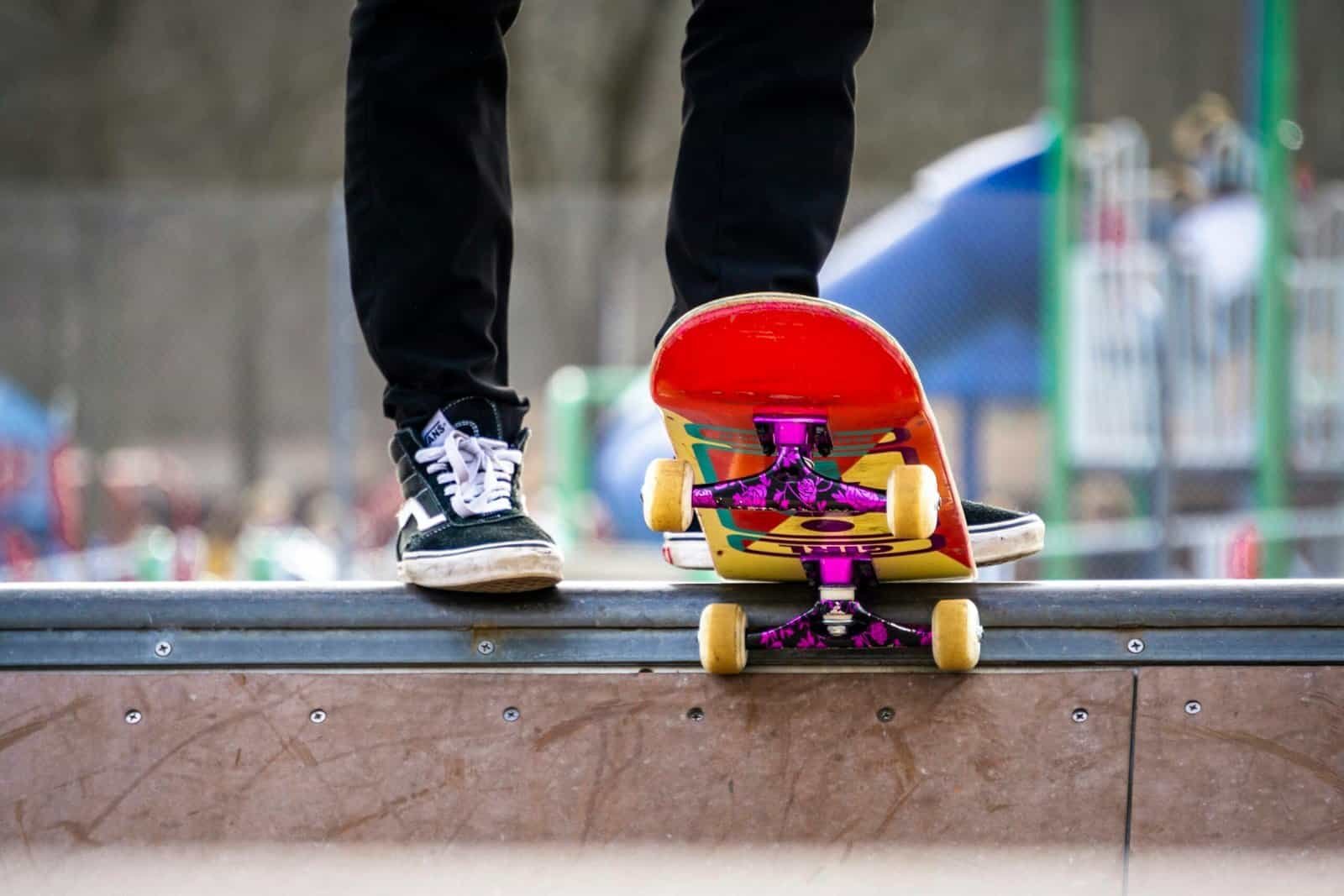
Matching Trucks with Skating Style
With so many options, how do you choose trucks that align with your skating style? Let’s dive into some common skateboarding disciplines and the recommended trucks.
Street Skating
Street skating typically involves tricks that require a lot of footwork and maneuverability. For this style, you might prefer:
- Low Trucks: They reduce the overall height of your board, helping with flip tricks and balance.
- Narrow Axles: Closer match to narrow decks for easier flips.
Park Skating
Park skating comes with its own set of needs due to transitions, ramps, and bowls:
- Standard or High Trucks: Allows for smooth rides over ramps and transitions.
- Wide Axles: Provide stability during grinds and ramps.
Downhill and Cruising
For downhill racing and casual cruising, your truck choice is crucial for maintaining speed and control:
- Reverse Kingpin Trucks: Ideal for stability and wide turns.
- Wide Axles: Adds to the stability at high speeds.
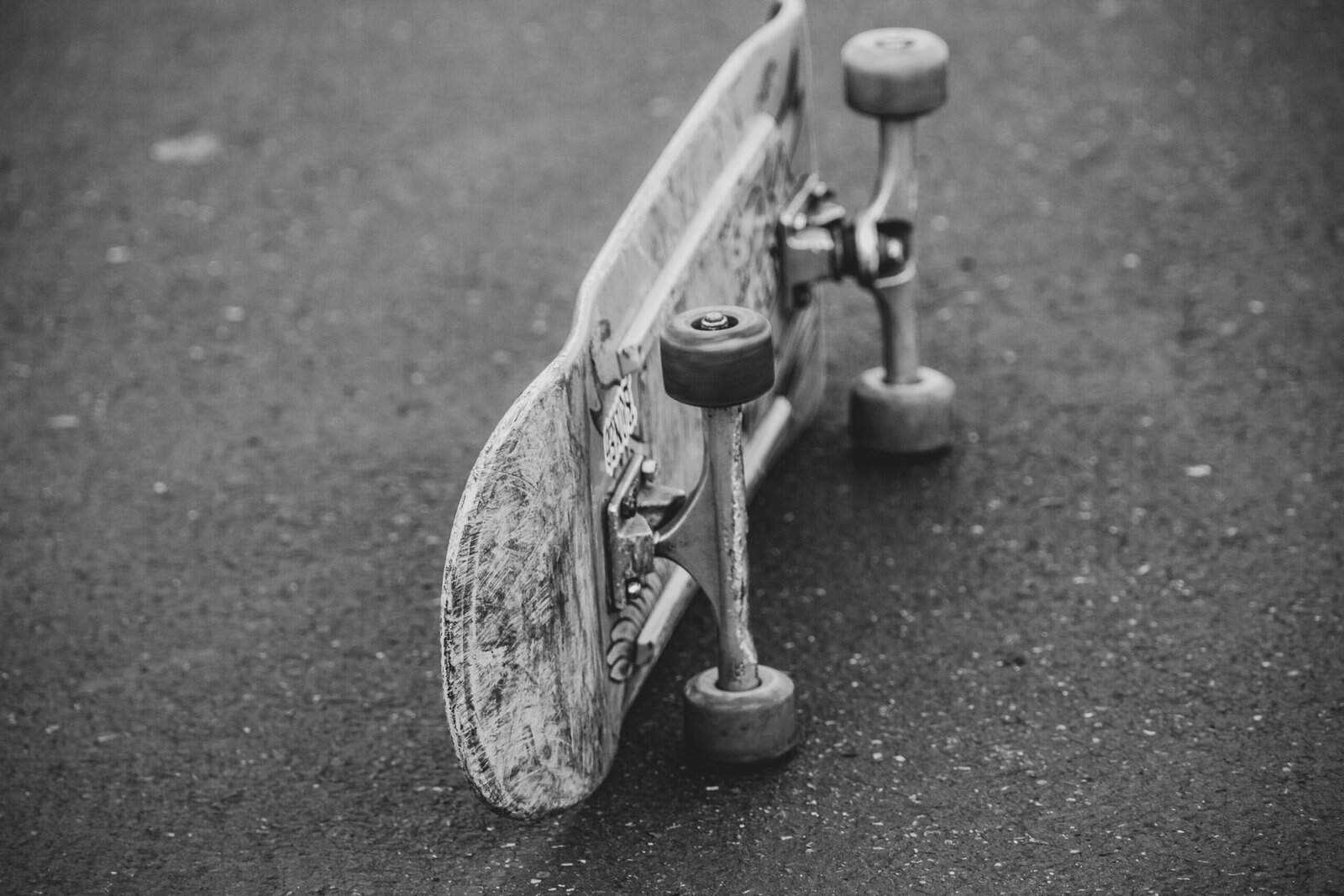
Common Mistakes to Avoid
As you navigate the selection process, it can be easy to make a few common mistakes. Being aware of them can save time and improve your skateboarding experience:
Choosing Incorrect Sizes
Opting for trucks too wide or too narrow leads to poor performance and possibly damage. Always ensure your truck’s axle width closely matches your deck width.
Ignoring Weight and Material
The weight and material of your trucks not only impact your skateboard’s performance but also influence how enjoyable your ride will be. Heavier trucks might offer more control, but they can slow you down.
Overlooking Bushing Preferences
The bushings are often overlooked, yet they play a significant role in how your board rides. Be mindful of their hardness, especially if you’re looking for a specific ride feel.
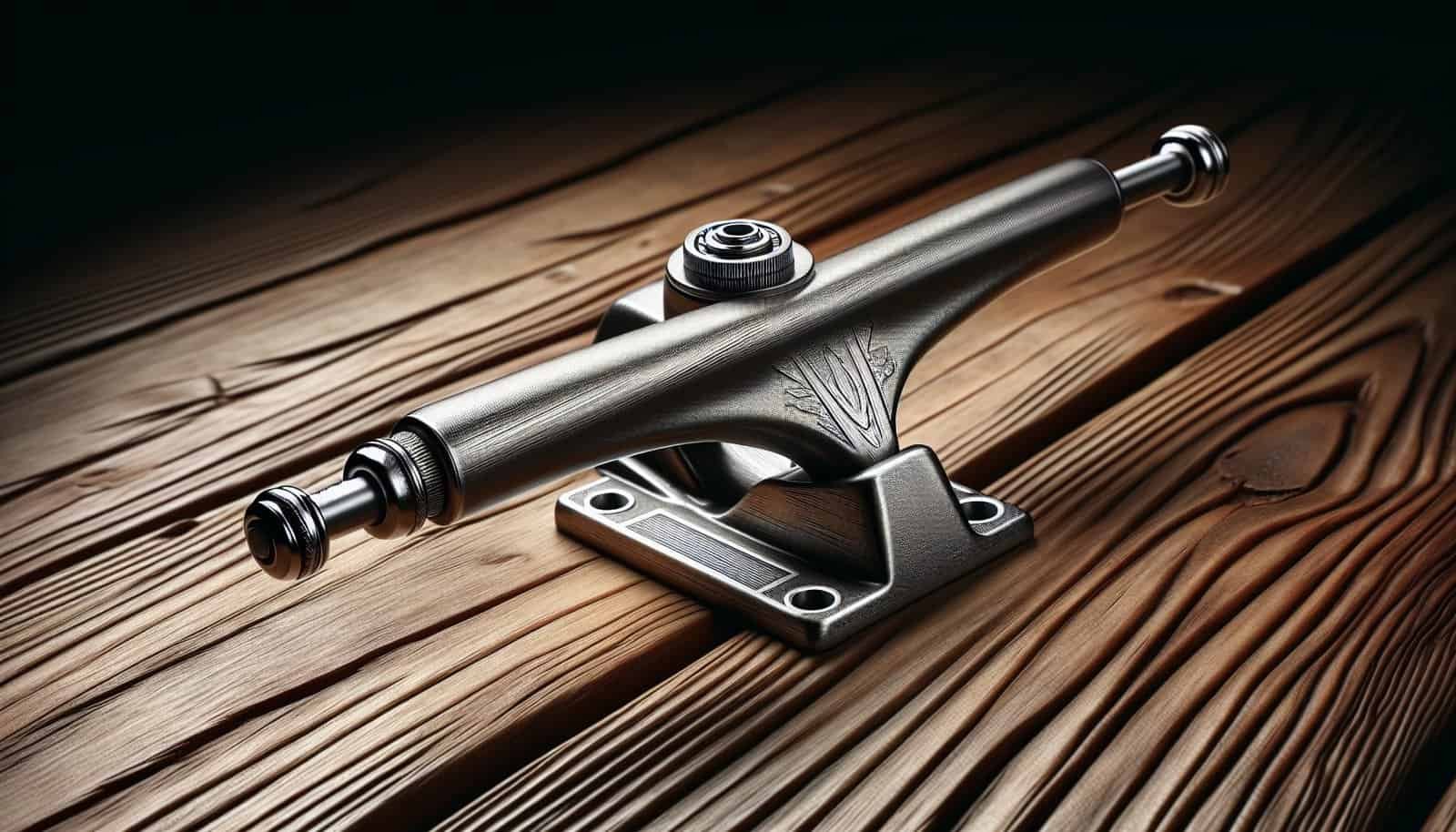
Maintenance Tips for Long-lasting Trucks
Once you’ve chosen the perfect trucks, keeping them in good condition is key to their longevity and to your safety:
Regularly Check for Loose Nuts and Bolts
Over time, the vibrations from skating can loosen the screws and bolts on your trucks. It’s a good habit to routinely check their tightness to ensure everything remains secure.
Lubricate Moving Parts
Lubricating the moving parts of your trucks can help reduce wear and tear and prevent them from rusting, especially if you often skate in wet conditions.
Replace Bushings When Necessary
Worn-out bushings can significantly change your skateboard’s performance. If you notice cracking or deformity, it might be time to replace them.
In summary, choosing the right trucks for your skateboard is a nuanced decision that merits careful consideration. It begins with understanding the components and their roles, considering your skating style, and avoiding common selection pitfalls. Keeping your trucks in top shape with regular check-ups can extend their lifespan and maintain your board’s performance. With these insights and a bit of experimentation, you’ll find the perfect trucks that add to the fun and excitement of skating. Embrace the process, trust your instincts, and enjoy the ride!
